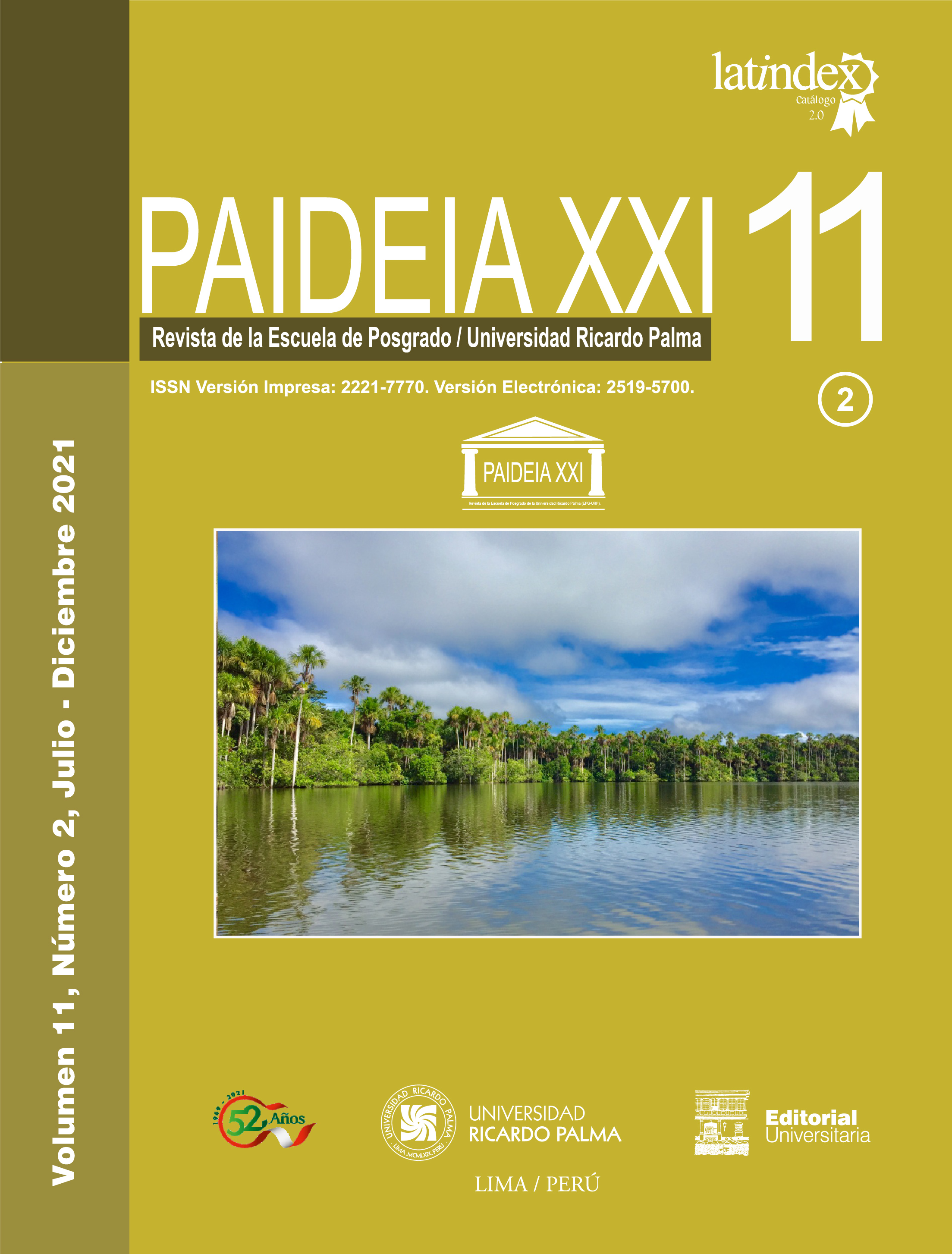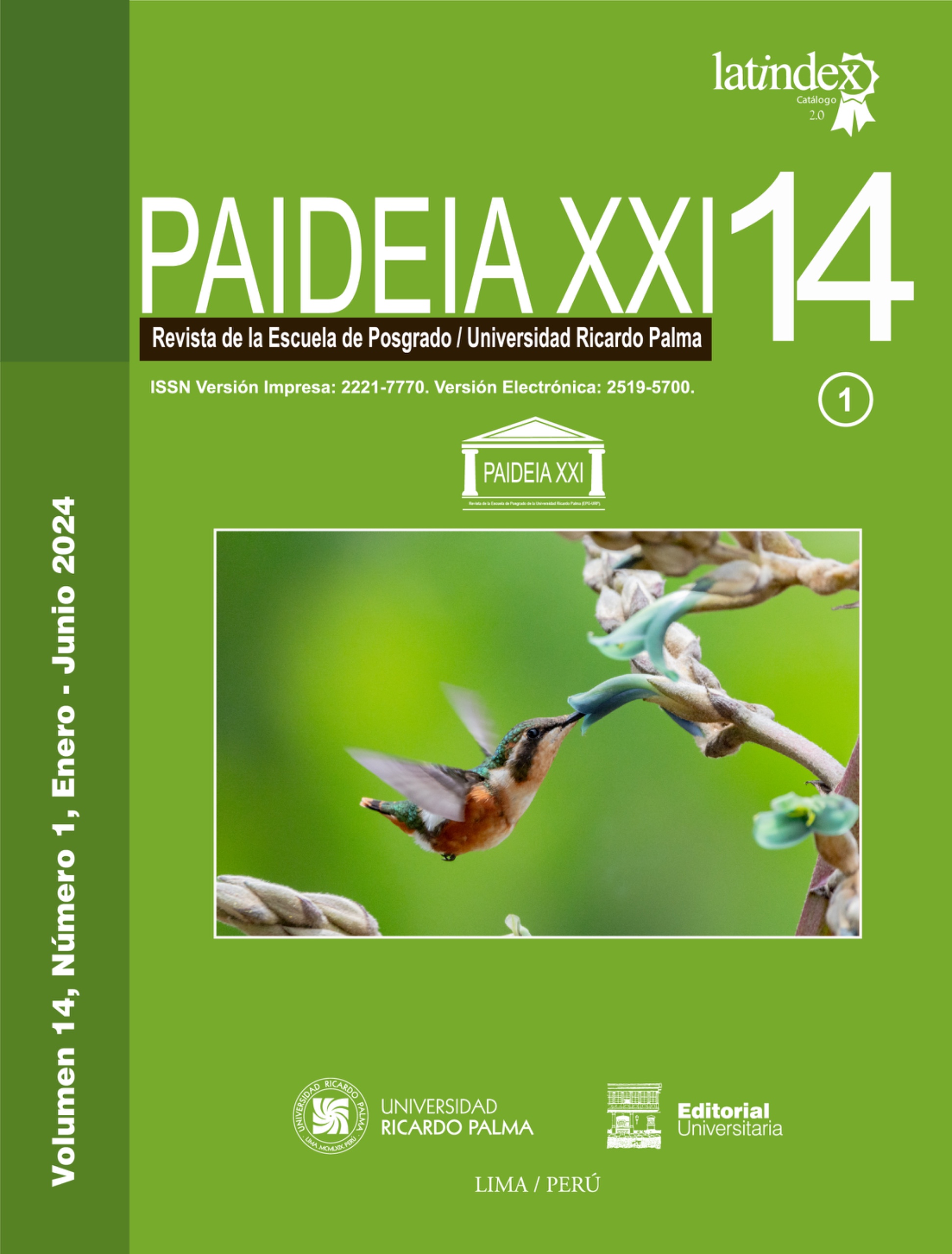ESTADO NUTRICIONAL Y EVOLUCIÓN EN NIÑOS GRAVEMENTE ENFERMOS
DOI:
https://doi.org/10.31381/paideia.v11i2.4262Resumen
El Objetivo principal fue determinar si el estado nutricional al ingreso a la Unidad de Cuidados Intensivos (UCI) afecta la evolución del niño, identificando la evolución como duración de la estancia en UCI y Hospital, el tiempo de Ventilación Mecánica (VM), la frecuencia de Infecciones Asociadas al Cuidado de la Salud (IACS) y la mortalidad en UCI y el Hospital. Realizamos un estudio prospectivo de cohortes en 367 admisiones consecutivas a la UCI del Instituto Nacional de Salud del Niño, y clasificamos el estado nutricional según los criterios de la Organización Mundial de la Salud (OMS). Luego de eliminar 87 registros, encontramos que 72/280 niños (26%) presentaron malnutrición (MN), la mayoría de ellos (20%) con desnutrición. En el análisis bivariado, sólo la frecuencia de uso de la VM fue mayor en niños MN (88,9% vs 78,4%, p=0,049). En los modelos multivariados observamos que los MN presentaron menor frecuencia de IACS en MN (IC -3,8 - -0,2; p=0,02), mayor estancia UCI (IC 1,4 – 21,9; p=0,02) y mayor tiempo de VM (Coef β 1,3, p<0,00). Un modelo multivariado para tiempo de VM obtuvo 100% de predictibilidad, en el que la MN, puntuación del PRISM y presencia de comorbilidad e IACS se asociaron positivamente. Concluimos que la MN incrementa la estancia en UCI y tiempo de VM, pero no se asocia a mortalidad en UCI ni Hospitalaria. La MN, el sexo masculino, diagnóstico PO y estancia en UCI se asociaron al desarrollo de IACS, mientras que la MN, el diagnóstico cardiovascular y la presencia de IACS prolongan la estancia en UCI. La estancia Hospitalaria se incrementó con la comorbilidad y el uso de VM.
Palabras clave: cuidados intensivos – malnutrición – niños












